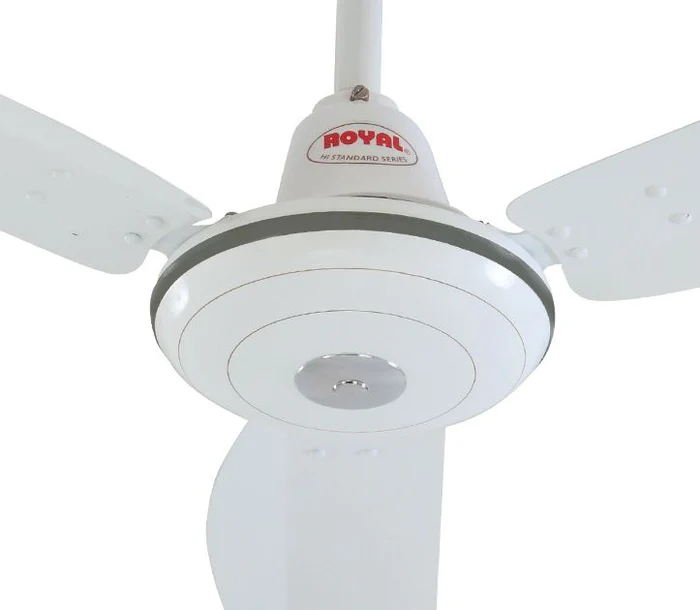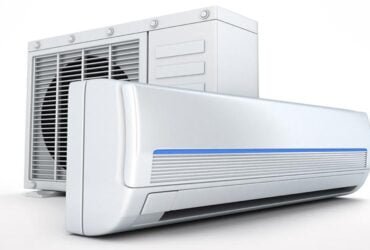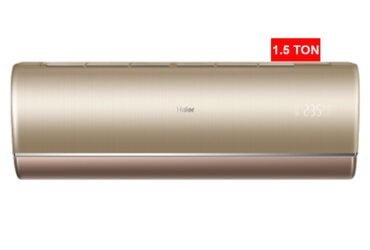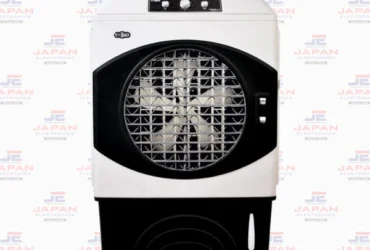
Ad Details
-
Ad ID: 6943
-
Added: May 24, 2024
-
Condition:
-
Views: 13

Description
Standard ceiling fans are a ubiquitous feature in many homes and offices, offering both functionality and aesthetic appeal. Understanding the specifications of these fans is crucial to making an informed purchase. One of the primary specifications is the size, which is typically measured in inches or centimeters. Common sizes range from 36 inches to 52 inches, with larger fans being more suitable for spacious rooms and smaller fans for compact areas.
The blade material is another critical specification. Standard ceiling fans generally feature blades made from wood, metal, or plastic. Wooden blades often provide a more traditional look and operate quietly, whereas metal blades are durable and effective at moving air but may generate more noise. Plastic blades are lightweight and weather-resistant, ideal for outdoor installations.
Motor type significantly influences a fan’s performance and energy efficiency. Standard ceiling fans are equipped with either AC (alternating current) or DC (direct current) motors. AC motors are more common and less expensive, while DC motors are quieter, more energy-efficient, and offer smoother speed transitions. Speed options also vary, with most standard ceiling fans offering three to five speed settings to accommodate different comfort levels.
Airflow efficiency, measured in cubic feet per minute (CFM), indicates how effectively a fan circulates air within a room. Higher CFM values suggest better air movement, which is essential for larger spaces. Energy consumption, measured in watts, is another vital consideration. Energy-efficient models consume less electricity, resulting in lower utility bills.
Noise levels, often overlooked, can significantly impact comfort, especially in bedrooms or study areas. Fans with lower decibel ratings operate more quietly, enhancing user experience. Additional features such as remote control, lighting integration, and reversible motor function add convenience and versatility. Remote controls make operation easier, integrated lighting eliminates the need for separate fixtures, and reversible motors allow the fan to circulate warm air during winter, contributing to year-round comfort.
Each of these specifications plays a pivotal role in determining the performance and suitability of a standard ceiling fan for different room sizes and types. By considering these factors, consumers can select a fan that not only meets their cooling needs but also complements their living space.
Pricing Trends and Factors Affecting Standard Ceiling Fan Costs
The pricing of standard ceiling fans varies widely, influenced by an array of factors that determine their overall cost. Generally, the price range for standard ceiling fans spans from $50 to $300, with some high-end models exceeding this range due to advanced features and premium materials. Understanding the elements that impact the cost of these fans can help consumers make informed decisions that balance cost, quality, and performance.
One of the primary factors affecting standard ceiling fan prices is the brand reputation. Established brands with a history of reliability and quality tend to price their products higher. This premium often reflects superior build quality and customer service. Additionally, the build quality itself, including the durability of materials and the precision of manufacturing, plays a crucial role in the pricing. Fans made from high-grade metals or exotic woods, or those featuring premium finishes like brushed nickel or bronze, are typically more expensive.
Additional features such as remote control operation, variable speed settings, and integrated lighting can also elevate the cost of a standard ceiling fan. Energy efficiency is another significant consideration, with Energy Star-rated fans generally costing more upfront but offering savings on electricity bills over time. Warranty offerings can further influence pricing, with longer and more comprehensive warranties adding to the initial cost but providing peace of mind regarding long-term maintenance and repairs.
Technological advancements, particularly smart home integration, have also impacted standard ceiling fan prices. Fans equipped with Wi-Fi connectivity, voice control, or compatibility with smart home ecosystems like Google Home or Amazon Alexa often come at a premium. Moreover, eco-friendly options, such as fans made from sustainable materials or featuring energy-efficient DC motors, can be pricier due to their environmental benefits.
To balance cost with quality and performance, consumers should consider their specific needs and preferences. Evaluating the fan’s specifications, energy consumption, and warranty can help identify the best value for money. Additionally, taking advantage of seasonal sales or promotions can provide opportunities to purchase high-quality fans at reduced prices, ensuring both cost-effectiveness and satisfaction.













Leave a Comment
Your email address will not be published. Required fields are marked. *